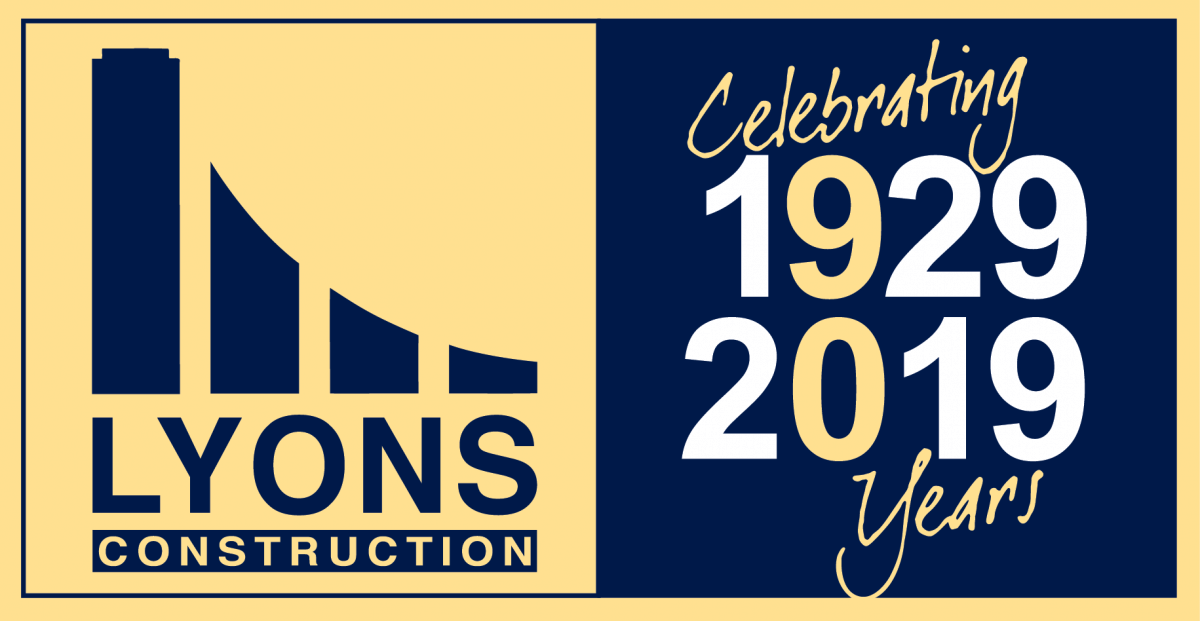Effective application of intumescent coatings: On-site or Off-site?
There are many benefits to both on and off-site passive fireproofing, especially when it comes to thin-film intumescents, known for…


We design and build projects that stop fire. Because no one should die from a fire.
VIEW SERVICES GET A QUOTE









Passive fire protection is a legal requirement set by the Building Code of Australia (BCA), and compliance is essential for occupant safety. Here, we explore some common questions related to passive fire protection, including when to consider it during the building process, the meaning of fire-resistance levels, penetrations audits, and the different types of passive fire protection solutions available.
Passive fire protection reduces the spread of fire, heat and smoke in buildings through protective coatings, materials, treatments and compartmentalisation. It is a legal requirement set by the Building Code of Australia (BCA) so buildings achieve the necessary fire-resistance level to allow the safe exit of occupants in the event of a fire.
You should consider passive fire protection right from the start and during every stage of design, build and documentation. PROFINISH Fire Protection can help you register fire system plans before the project starts, design end-to-end solutions and manage service trades so you can costly avoid fire defects.
A fire-resistance level (FRL) is the estimated ability of a construction element to withstand fire and is a compliance requirement by the Building Code of Australia (BCA) for all multistorey buildings. The FRL is tested on three aspects; structural adequacy, integrity and insulation. As an example, an FRL is written as 90/60/30. This means that the passive fire protection must maintain structural adequacy for 90 minutes, integrity for 60 minutes and insulation for 30 minutes.
A penetrations audit report will assess your fire-stopping penetrations and clearly outline which points pass or fail based on the Australian standard, or AS 4072.1 – specifications for the protection of openings in fire-resistant separating elements, service penetrations and control joints. All failed points must be rectified in order to gain a pass.
Common passive protection solutions include vermiculite fire spray, intumescent coatings, duct protection, fire-rated board & plaster, Speedpanel® and fire-stopping penetrations. Different structural elements require specific treatments with some materials requiring multiple products.





PROFINISH Fire Protection is your ultimate destination for passive fire protection solutions. We’re one of few Australian providers that can provide multi-system fireproofing packages for major projects and high-profile developments.
Working with top-tier builders, we improve buildability of your project by helping with your scope as early as the design phase. We ensure your project meets the industries ever increasing compliance requirements.